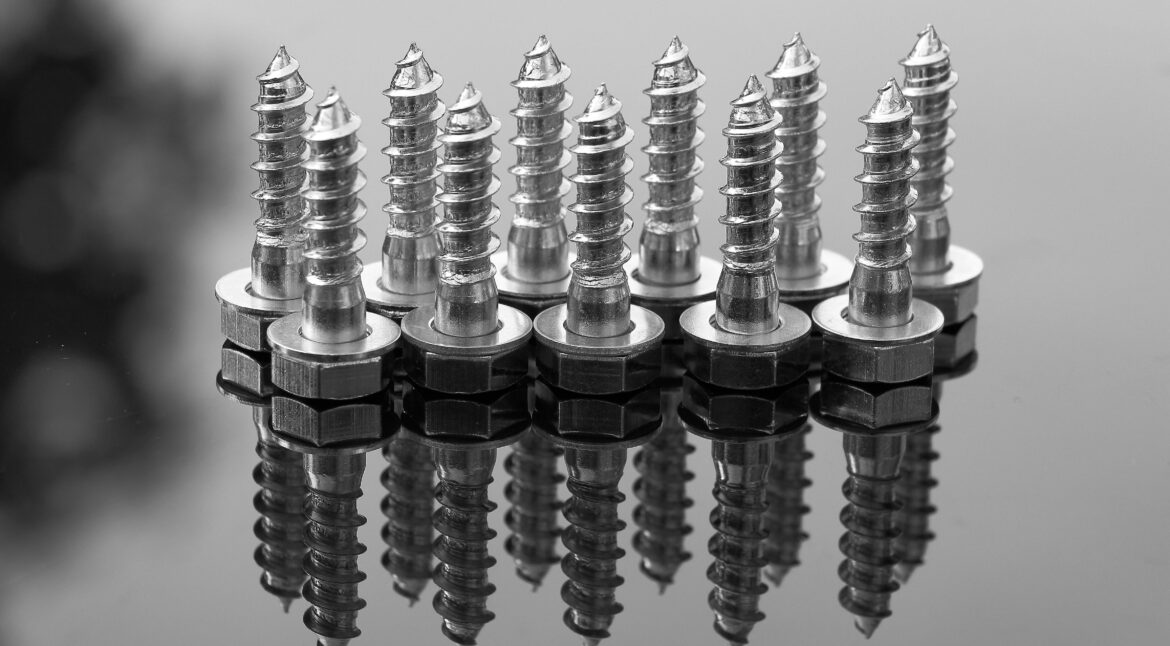Understanding Non-Serrated Flange Bolts
Non-serrated flange bolts are a specific type of fastener designed to provide strong, secure connections in various industrial applications. A flange bolt, in general, is characterized by its wide, flat washer-like flange under the head, which distributes the clamping load over a larger area. This feature reduces the need for a separate washer and simplifies the installation process.
The key difference between serrated and non-serrated flange bolts lies in the design of the flange. While serrated flange bolts have teeth or ridges that bite into the surface, providing increased resistance to loosening, non-serrated flange bolts have a smooth flange surface. This smooth flange is ideal for applications where the material surface must remain unmarred or where a more even distribution of pressure is needed.
Understanding the basic anatomy of a non-serrated flange bolt is crucial. These bolts consist of three main parts: the head, the shank, and the thread. The head is typically hexagonal, allowing for easy wrenching. The shank, the unthreaded portion of the bolt, provides shear strength. The thread is the helical structure that engages with a corresponding nut or threaded hole, securing the bolt in place.
Non-serrated flange bolts are manufactured from various materials to suit different environments and applications. Stainless steel is a popular choice due to its excellent corrosion resistance, making it suitable for use in harsh conditions. Carbon steel offers high strength and durability, while alloy steel provides a balance of strength, toughness, and wear resistance.
These bolts come in a range of sizes and adhere to several standards, ensuring compatibility and reliability. Commonly referenced standards include ASTM (American Society for Testing and Materials) and ISO (International Organization for Standardization). These standards specify dimensions, mechanical properties, and testing methods, ensuring that non-serrated flange bolts meet stringent quality requirements.
By understanding the characteristics and functionalities of non-serrated flange bolts, users can make informed decisions about their applications, ensuring optimal performance and longevity of their assemblies.
Applications and Advantages of Non-Serrated Flange Bolts
Non-serrated flange bolts have garnered substantial attention across various industries due to their unique design and functional benefits. These bolts are widely utilized in sectors such as automotive, construction, and machinery, where reliable and secure fastening solutions are paramount.
In the automotive industry, non-serrated flange bolts are frequently employed in engine assemblies and wheel mounts. Their ability to distribute clamping force evenly ensures that components are securely held in place, reducing the likelihood of loosening under vibration. This feature is particularly advantageous in high-performance vehicles, where precision and durability are critical. For example, several leading automotive manufacturers have successfully implemented non-serrated flange bolts in their engine designs, resulting in enhanced durability and performance.
The construction industry also benefits significantly from the use of non-serrated flange bolts. These bolts are commonly used in structural applications, such as the assembly of steel frameworks and the installation of heavy equipment. Their ease of installation, coupled with the reduced risk of surface damage, makes them an ideal choice for projects where maintaining the integrity of materials is essential. For instance, a prominent construction firm reported a 15% reduction in installation time when switching to non-serrated flange bolts, highlighting their efficiency.
In machinery and equipment manufacturing, non-serrated flange bolts offer a reliable solution for fastening components that require consistent clamping force. Their design helps prevent slippage and maintains the alignment of parts, which is crucial for the optimal functioning of mechanical systems. An example includes a case study from a leading machinery manufacturer that experienced a significant decrease in maintenance issues after adopting non-serrated flange bolts for their equipment assembly.
While non-serrated flange bolts offer numerous advantages, there are some considerations to keep in mind. For applications requiring higher torque settings, it is essential to ensure that the bolt material is adequately suited to handle the load. Additionally, in environments with high exposure to corrosive elements, selecting bolts with appropriate corrosion-resistant coatings is necessary to maintain their longevity and functionality.



